Design and Technology Intent
At Wood Ley Community Primary School, we are committed to providing all children with learning opportunities to engage in Design and Technology.
We regard it as a fundamental foundation subject in the National Curriculum. We aim for our lessons to be inspiring, rigorous and practical. At Wood Ley CP School we use a creative approach towards our curriculum planning, linking our class projects with the current topics to make them more relevant and purposeful, whilst also ensuring progression of skills.
The purpose of Design and Technology is to give all children the skills to create and make products alongside experience in creating their own innovative designs. They are provided with opportunities to look at pre existing products before making their own so they can evaluate pre-existing products and use this knowledge to support them with their own ideas. In addition to this, time is spent evaluating the products they have made so that they can think of ways in which they would make them better the next time. These skills are an essential part of Design Technology and creating children who are versatile and innovative. During the lessons we also draw on knowledge from other subjects such as Mathematics, Science, ICT and Art wherever possible.
We regard Design and Technology very highly, as high-quality Design and Technology education makes an essential contribution to the creativity, culture, wealth and well-being of the nation.
When designing and making products, children will often have to think about not only their own requirements but those of others, including those they are marketing their products towards.
We aim for children to become innovative and risk takers, with the skills to thoroughly analyse products. Through the lessons we provide we hope that they will develop their problem solving skills and leave our school with a high practical ability.
Here are some of the experiences the children at Wood ley School have had in Design and Technology:
The children in Foundation frequently have access to designing their own products during the independent play activities. They have modelling equipment available, photos of existing products and example products they could choose to make.
They also have access to construction materials such as Popoids, lego, duplo and nuts and bolts. They have opportunities to use these freely, independently and with their friends.
In addition to this the teachers create lessons where they can be designers and inventors, putting their plans into action.
Teachers link their Design and Technology work to their current topics. For example they make rockets during the space topic and Elmer the Elephants with different designs while learning about differences.
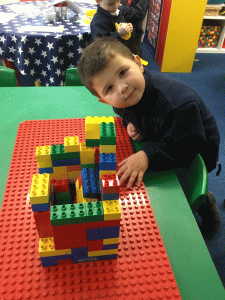
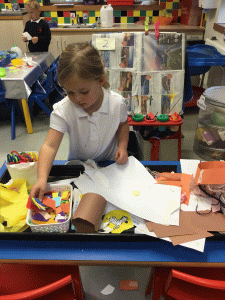
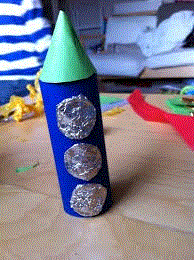
The children work in a cross curricular way in Foundation Stage and will frequently link subjects. Here they made a Chinese drum when learning about Chinese New Year, which linked in with their Music and RE lessons.
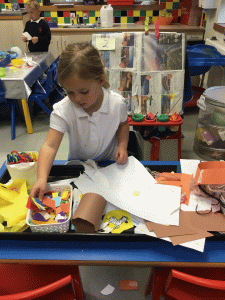
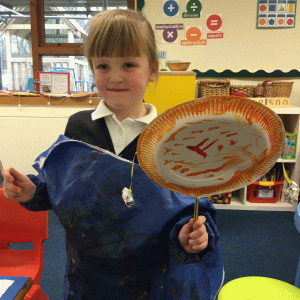
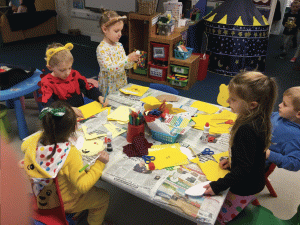
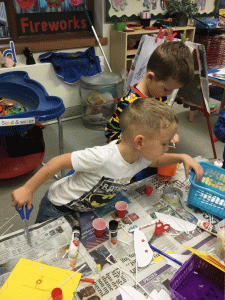
The children make vehicles with moving parts. They evaluated how well their vehicles moved (it’s function, as well as it’s appearance).
Vehicles which children in KS1 were eager to try making at home after initial inputs at school about making vehicles with moving parts.
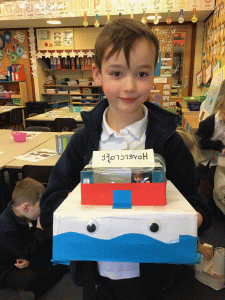
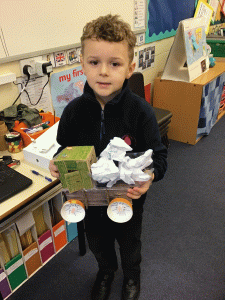
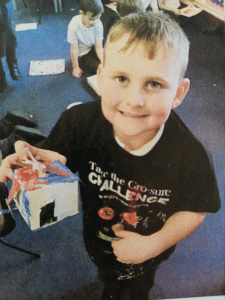
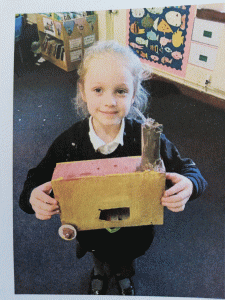
Combined phonics with D&T homework – Children applied their phonic skills to their raisin packet design. They then made their raisin packets following their design. Finally, they thought about how well they worked and whether they could be improved.


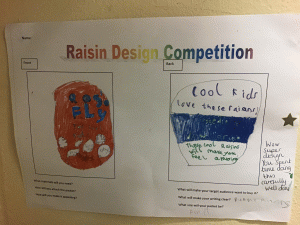
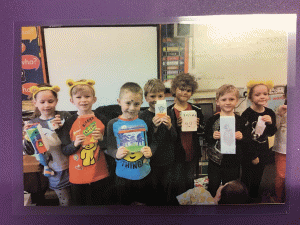
LKS2 build on the work completed in KS1. Following on from the basic vehicles they make in KS1 they go onto make more elaborate ones with mechanical mechanisms. They continue the process of evaluating existing products to see how other motorised vehicles work.
Each key stage creates a ‘Connective Learning Pathway’ at the start of each unit and we discuss with the children their previous learning so that they can connect their learning and understand how they are developing their learning further.
Children make a circuit light or lamp for a Victorian kitchen. They go through the process of looking at pre existing lights, and the history of them through time, designing their own, making them and finally evaluating their function and appearance. The children can explain how they link their learning using the connective learning pathways.
The children design and make their own shadow puppets. They self assess the effectiveness of the materials used. They implement ideas from their research.
They also design, make and evaluate healthy food for a lunch box. They think carefully about who their product is aimed at and design their food accordingly.
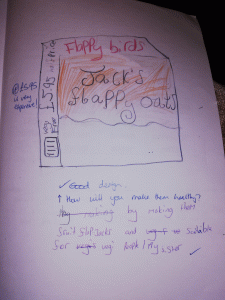
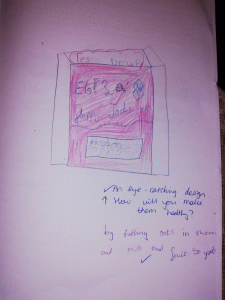
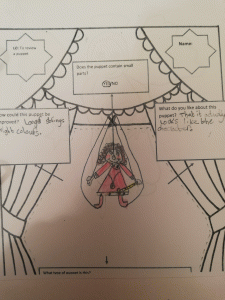
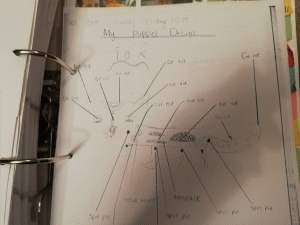
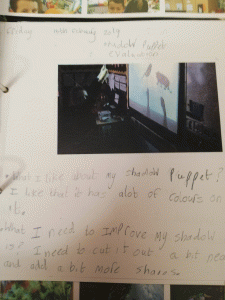
The children in UKS2 have also designed Anderson Shelters. They looked at pre existing shelters and evaluated their use.
The children have designed and made their own Roman shields. They had to research and evaluate pre existing shields before embarking on their own designs.
Children created Egyptian masks, they learnt about the masks made in the Egyptian times and tried to replicate similar ones.
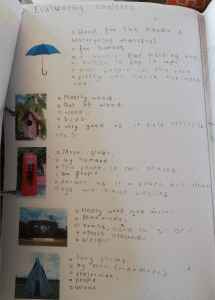
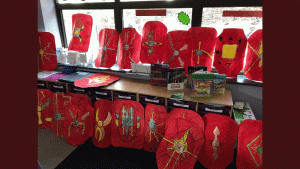

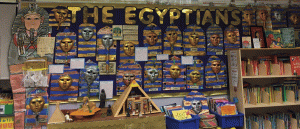
In cookery children made soup. They used the pumpkins to design and make an interesting design using research of pre existing pumpkin designs to help them with their own ideas.
During the Young Enterprise Event, the children were encouraged to design and make something unique which would sell and make money. The children had to collaborate with their peers, research and evaluate pre existing products and purchase their own resources using a limited initial funding given to them.
Websites to enhance your child’s Design and Technology learning at home:
https://www.smallpeicetrust.org.uk/engineering-at-home – Follow instructions with useful diagrams to undertake engineering projects at home. There are challenges at the end of the tasks to develop your skills further, testing out your designs and models.
https://www.dyson.co.uk/newsroom/overview/update/top-five-engineering-challenges-to-do-at-home – Follow informative and scientific videos to create your own working masterpieces whilst developing your skills in Science and Design and Technology.
https://www.jamesdysonfoundation.co.uk/content/dam/pdf/JDF-challenge-cards-JULY20.pdf? – A downloadable set of challenge cards based on some of the videos shown on the website above. Look for the engineering challenges for more Design and Technology based ones.














